- Empty cart.
- Continue Shopping
Toning Tube
- This heavy-duty, high-quality material has greater resistance to abrasion
- Tears to stand up to the rigorous demands of professional use.
- The handles are made of non-slip and environmental materials.
- Only for wholesale
What is the material of resistance toning tubes?
Resistance toning tubes, also known as resistance bands or exercise bands, are commonly made from latex, rubber, or elastic fabric. Let’s explore each material:
Latex: Latex-resistant tubes are often preferred for their elasticity, durability, and resistance to tearing. They provide consistent resistance throughout exercises and are suitable for a wide range of workouts, including strength training, stretching, and rehabilitation exercises. Latex resistance tubes come in various resistance levels, allowing users to progressively increase the intensity of their workouts. However, some individuals may have latex allergies, so it’s essential to check for latex-free options if allergic reactions are a concern.
Rubber: Rubber resistance tubes are similar to latex tubes but may be made from synthetic rubber materials instead of natural latex. These tubes offer comparable elasticity and durability to latex versions and are also available in different resistance levels. Rubber resistance tubes are suitable for various fitness routines and can help improve strength, flexibility, and muscle tone. Like latex, some individuals may have sensitivities to rubber materials, so it’s essential to consider alternative options if allergies are a concern.
Elastic Fabric: Some resistance tubes are made from elastic fabric or cloth materials. These tubes typically feature a stretchy fabric covering with elastic bands or cords inside. Elastic fabric resistance tubes offer a softer feel compared to latex or rubber versions and may be more comfortable against the skin. They are also less likely to cause skin irritation or allergies, making them suitable for users with sensitivities to latex or rubber materials. Elastic fabric resistance tubes provide moderate resistance and are commonly used for toning, stretching, and rehabilitation exercises.
| Material | Pros | Cons |
|---|---|---|
| Latex |
|
|
| Rubber |
|
|
| Elastic Fabric |
|
|


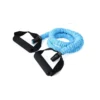


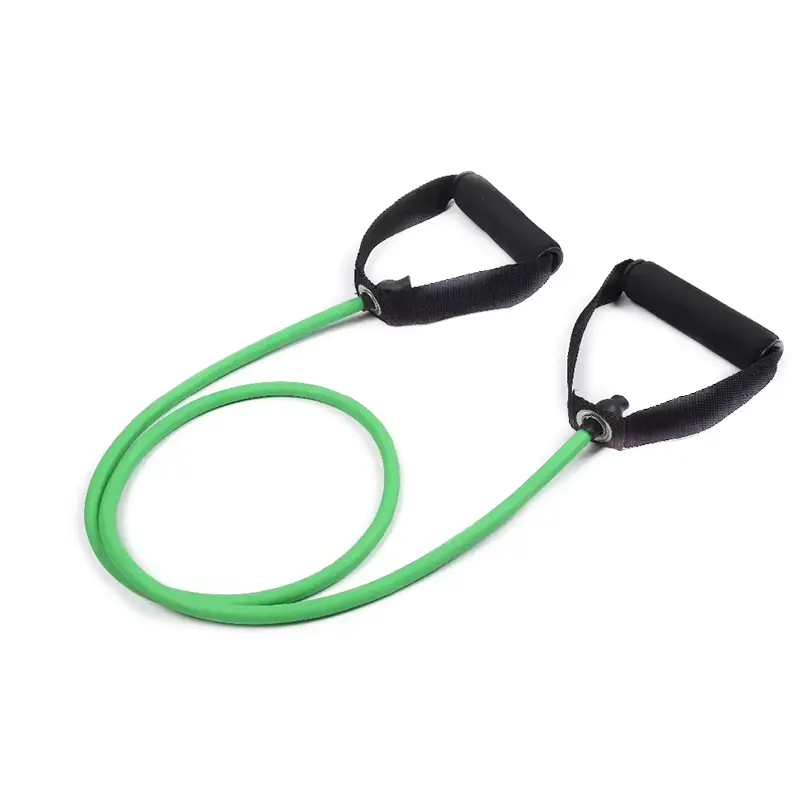
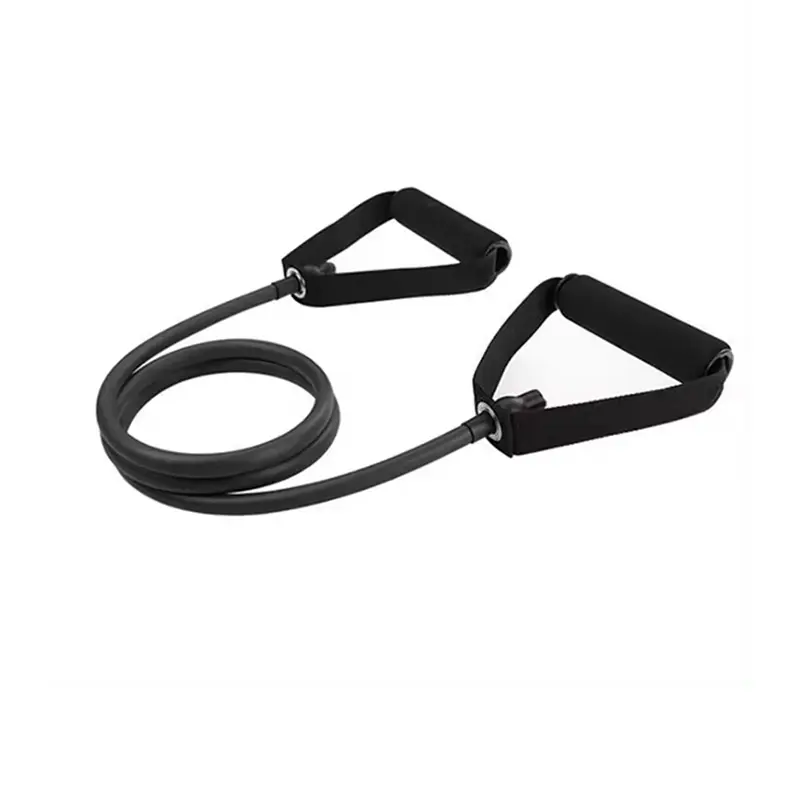








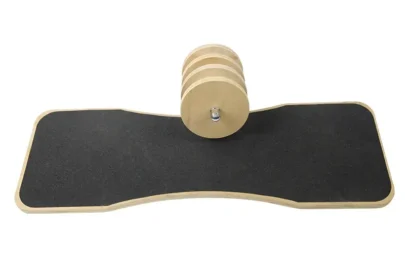






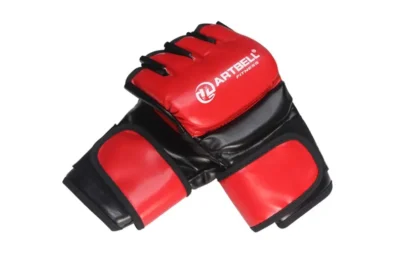


Reviews
There are no reviews yet.